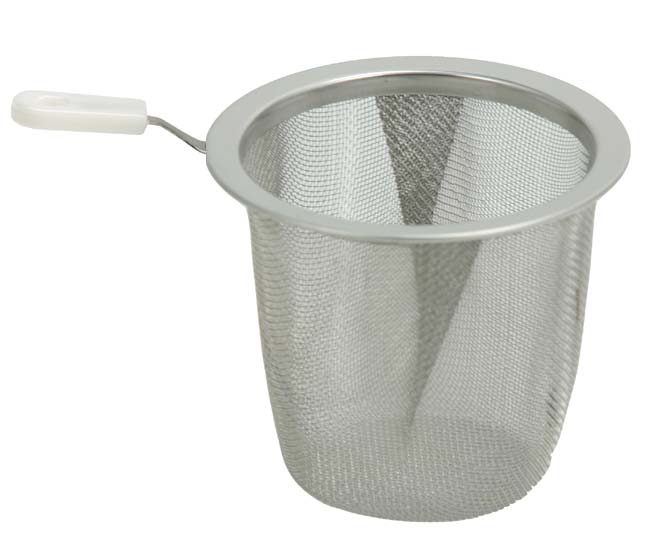
How to choose a strainer mesh element
A major design consideration when choosing a strainer is specifying the perforation or mesh of the straining element. The element is basically a mechanical filter that eliminates and holds particles that are very large to pass through the mesh while allowing the media to flow without any problem. By cleaning the flowing media, the straining element secures costly downstream equipments for example pumps, meters, spray nozzles, compressors and turbines.
Deciding Opening size
Generally, screen openings are approximate 1/2of the diameter of the biggest allowed particle. The biggest allowed particle is specified as the particle size that can flow through an equipment without causing any damage. For instance, if the maximum allowable particle is 1/16 inch of screen opening would be described at 1/32 inch. Additionally, the magnitude of debris in the running media should also be taken into consideration while deciding the suitable opening size.
Straining elements can only be used to eradicate insoluble floating impurities. The common range of particle retention is 1 inch down to 40 microns.
A common mistake is to specify a screen opening that is very small for the application. It can cause overstraining and should be prevented because :
- Maintenance costs considerably increased because of extreme cleaning requirements
- Sharp increase in pressure drop
- Straining element can become damaged and fail
Straining elements are not made to handle the same pressure as of strainer housing. If the straining element is fully clogged, it will be subjected to the pressure equal to pressure of the housing. In several cases, it results into element failure. For these types of applications, we offer special mesh screens that can withstand complete line pressure upon clogging. An easy method to evaluate the differential pressure is to configure pressure gauges on both inlet and outlet sides of the strainer. It is not preferred to allow the differential pressure to exceed 20 psi.
In few applications needing finer filtrations, it can be recommended to strain in gradual steps. It is attained by placing progressively smaller straining elements in series. A solution is developed for the special straining requirements you would have.
Construction material
Regardless of the strainer housing material, a commonly used material for strainer element is stainless steel for its excellent corrosion resistance. It is made from stainless steel type 304, 316SS, 316L and Monel wire mesh strainer materials are recommended as per application.
Strainer screen types
Normally strainer elements are made in following screen types- Perforated, wire mesh and reinforced wire mesh lined.
The strainer element screens are fabricated to withstand complete line pressure when clogged. These element have specifically drilled holes in heavy duty metal to perform in the vigorous corrosive media.
Particle retention
Particle retention is associated with magnitude of surface area available on the strainer element. During straining, continuous retention of particles can result into accumulation on the element surface. In cylindrical strainer element, gradual accumulation can quickly clog the outlet side of the strainer resulting into considerable pressure drop. For this, pleated straining elements are made that enlarge the surface area.
